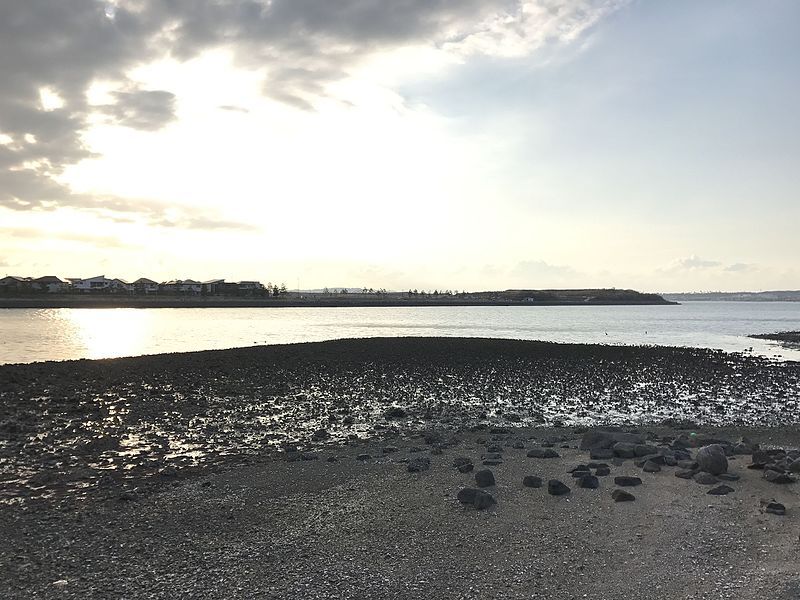
Archaeologists in Japan have unearthed a 1,900-year-old Chinese mirror that's not only still intact, but well-preserved enough to still show a faint reflection. City officials in Fukuoka, the capital of the Japanese island where the mirror was found, said such a discovery is extremely rare, according to Japanese national newspaper the Asahi Shimbun.
The bronze mirror was found at the Nakashima archaeological site in Fukuoka's Hakata Ward. It was made in China during the Later Han Dynasty, between 25 A.D. and 220 A.D., and measures about four and a half inches across. It's possible that its unusually good condition owes to the region's humid environment, which could have given it a degree of protection from oxidation, according to the Asahi Shimbun. Inscribed on the surface are the words "chang yi zisun," which translates as "to benefit future generations forever," according to the Asahi Shimbun.
Ancient #Chinese #bronze mirror unearthed whole in #Fukuoka dig:The Asahi Shimbun #Japanesehistory https://t.co/ahihsMZ7fa
— Asahi Shimbun AJW (@AJWasahi) December 28, 2017
"The find site is not a tomb, so the mirror may have been used in religious rites," Hidenori Okamura, a professor of Chinese archaeology at Kyoto University, said, according to the Asahi Shimbun. "The find will also serve as a material for precisely determining the shaky date of the late Yayoi period."
The mirror was excavated earlier this year alongside earthenware representing the middle to late Yayoi pottery culture, which corresponds to between 300 B.C. and 300 A.D., according to the Asahi Shimbun. Yayoi pottery culture succeeded Jōmon culture, a Japanese historical period especially known for its ceramics. Yayoi pottery is known for "clean, functional shapes," according to the Metropolitan Museum of Art.
That period was also the point in history when metallurgy came to Japan from parts of Korea and China, according to the Metropolitan Museum of Art. China's Later Han dynasty (also referred to as the Eastern Han dynasty) was marked by an expansion of diplomacy, according to the Met museum. Japanese envoys traveled to the mainland twice during this period, once for a diplomatic mission in 57 A.D. and another in 107 A.D. Technological advancements characterized the era as well.
"Bronze and iron were used to make weapons, armor, tools and ritual implements such as bells (dotaku)," the museum's website explains. "The latter were frequently decorated with hatched lines, triangles, spirals and geometric patterns, although representations of domesticated animals and scenes of daily life appear on some examples."
The mirror has been installed in an exhibit at the Fukuoka City Museum.
Uncommon Knowledge
Newsweek is committed to challenging conventional wisdom and finding connections in the search for common ground.
Newsweek is committed to challenging conventional wisdom and finding connections in the search for common ground.
About the writer
Kastalia Medrano is a Manhattan-based journalist whose writing has appeared at outlets like Pacific Standard, VICE, National Geographic, the Paris Review Daily, ... Read more
To read how Newsweek uses AI as a newsroom tool, Click here.








